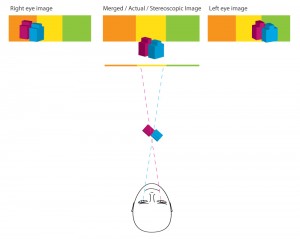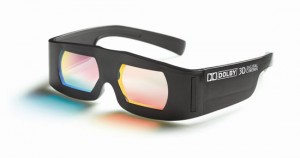If your child has not been enjoying the 3D summer movies, he or she may have a vision problem.
The 3Ds of Stereoscopic 3D viewing
- Discomfort: Since 3D viewing is based on the eyes converging in front of or beyond the screen, viewing 3D images can potentially create eyestrain and headaches.
- Dizziness: 3D technology can exaggerate visual motion hypersensitivity, which can cause motion sickness, and vergence-accommodation conflict, causing viewers to feel dizzy or nauseous during or after watching 3D movies.
- Lack of Depth: A viewer lacking binocular vision, simply won’t see 3D. While this doesn’t pose any problem viewing the screen, it serves as a “vision screening” that something is abnormal with the viewer’s binocular vision.
 Symptoms indicating a potential problem viewing images in 3D can vary. Some common symptoms include headaches, blurred vision, nausea and dizziness. If you or your child have had an uncomfortable experience watching a movie in 3D, call Westside Optometry for an eye examination.
Symptoms indicating a potential problem viewing images in 3D can vary. Some common symptoms include headaches, blurred vision, nausea and dizziness. If you or your child have had an uncomfortable experience watching a movie in 3D, call Westside Optometry for an eye examination.
